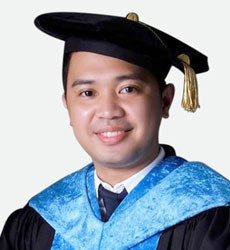IT is not uncommon to differentiate migrants from refugees. In 2018, the United Nations General Assembly separately drew the Global Compact for Safe, Orderly and Regular Migration and the Global Compact on Refugees. Then the Vatican Dicastery for Promoting Integral Human Development has the Migrants and Refugees Section, personally directed by Pope Francis. These separate categories for refugees may not necessarily mean they are not technically migrants. In every sense, they are people who moved from one place to another and stayed there for an extended period. But refugees differ from other migrants in that their move is usually involuntary and done as a way to protect themselves from the various political, social, ethnic, religious and environmental dangers they might be experiencing in their places of origin.
The 1951 UN Convention Relating to the Status of Refugees defines a refugee as someone who, "owing to a well-founded fear of being persecuted for reasons of race, religion, nationality, membership of a particular social group or political opinion, is outside the country of his nationality, and is unable to or, owing to such fear, is unwilling to avail himself of the protection of that country."
Continue reading with one of these options:
Ad-free access
P 80 per month
(billed annually at P 960)
- Unlimited ad-free access to website articles
- Limited offer: Subscribe today and get digital edition access for free (accessible with up to 3 devices)


